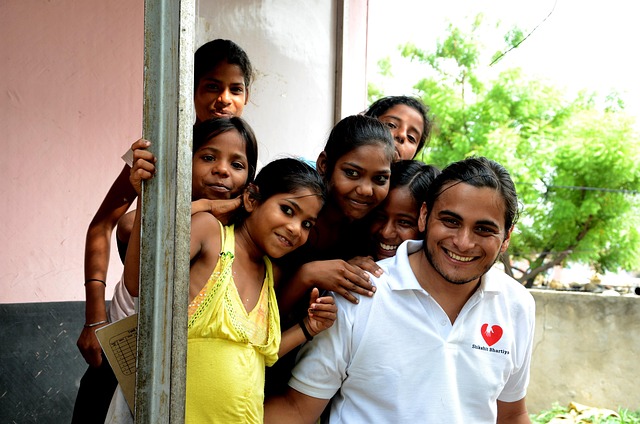Volunteerism Patterns and Their Effects on Local Services
Volunteer patterns influence the availability and quality of local services across communities. Shifts in demographics, mobility and digital access reshape who volunteers, where they serve, and how organizations plan for ongoing needs. Observing trends in youth engagement, aging populations, migration and housing dynamics can help communities adapt service delivery and inclusion strategies.

Volunteerism is a shifting feature of community life that directly affects the capacity of local services. As populations change, the supply of volunteers — in numbers, skills and availability — also changes, altering how nonprofits, schools, health providers and municipal services operate. Examining connections among demographics, mobility, housing, and digital access clarifies why some services expand while others face gaps, and it highlights how policy and inclusive practices can influence outcomes.
How do community demographics shape volunteer patterns?
Demographic trends — age distribution, household composition, and cultural diversity — shape who volunteers and what roles they take. Younger populations may offer bursts of energy and digital skills but often have less stable availability due to education and early-career mobility. Older adults frequently contribute time and institutional knowledge but may face mobility or health constraints. Diversity within a community can broaden the range of skills and languages available, supporting services that require cultural competence, yet organizations must proactively lower barriers to ensure equitable participation.
What role does migration and diversity play in local volunteering?
Migration changes both demand for local services and the volunteer base. Newcomers often bring civic engagement traditions and language skills that strengthen inclusion efforts, but they may also face legal, economic, or social barriers to volunteering. When community organizations create welcoming pathways — such as flexible roles, recognition of informal skills, and multilingual outreach —they can convert migration-driven diversity into enhanced service delivery. Conversely, when barriers remain, both volunteers and service users can become disconnected from local initiatives.
How does aging affect volunteer capacity and local services?
An aging population can produce a paradox: higher volunteer rates among retirees but growing demand for age-related services. Older volunteers often occupy leadership, mentoring, or continuity roles, supporting institutional memory. However, increased need for healthcare, transportation, and assisted living can strain the same local services that rely on volunteer support. Planning for accessible volunteer roles, part-time responsibilities, and intergenerational mentorship helps preserve volunteer capacity while addressing rising service needs tied to aging demographics.
How do housing stability and mobility influence volunteer availability?
Housing affordability and residential mobility strongly affect volunteer engagement. Communities with stable housing allow people to build long-term relationships with local organizations, resulting in sustained volunteering. High mobility — driven by rental markets, job changes, or migration — can reduce institutional knowledge and continuity in volunteer cohorts. Transportation and geographic accessibility also matter: limited mobility or long commutes shrink the pool of available volunteers for neighborhood-based services. Local services that adapt by offering remote roles or flexible scheduling can mitigate some mobility-related constraints.
How can digital tools support inclusion of youth and volunteers?
Digital platforms expand opportunities for recruitment, training, and coordination, which can be especially effective for youth and remote volunteers. Online sign-ups, micro-volunteering tasks, and virtual training lower time and transportation barriers and appeal to digitally native contributors. Yet reliance on digital tools risks excluding those without reliable internet access or digital literacy. Balanced strategies combine online and offline outreach, invest in digital inclusion, and design roles that leverage both in-person and virtual contributions to broaden volunteer participation across diverse demographics.
What policy approaches address demographics, diversity and service resilience?
Policy at municipal and regional levels can shape volunteer ecosystems by supporting capacity-building, offering volunteer-friendly regulations, and funding infrastructure that reduces barriers. Policies that address housing stability, transportation, and digital access indirectly strengthen volunteer pools. Programs that encourage youth civic learning, recognize volunteer experience for newcomers, or provide stipends for expenses can make volunteering more feasible across income brackets and life stages. Evaluating demographic trends and diversity metrics helps policymakers target interventions that sustain local services amid changing community needs.
Volunteerism interacts with migration, aging, housing, mobility, digital access, youth engagement, policy, demographics and diversity in complex ways. Local services that monitor these factors and adapt recruitment, role design, and inclusion practices are better positioned to maintain service continuity and meet evolving needs. Effective responses consider both supply — who can and wants to volunteer — and demand — which services need support — so that volunteer contributions remain a meaningful component of community resilience.





